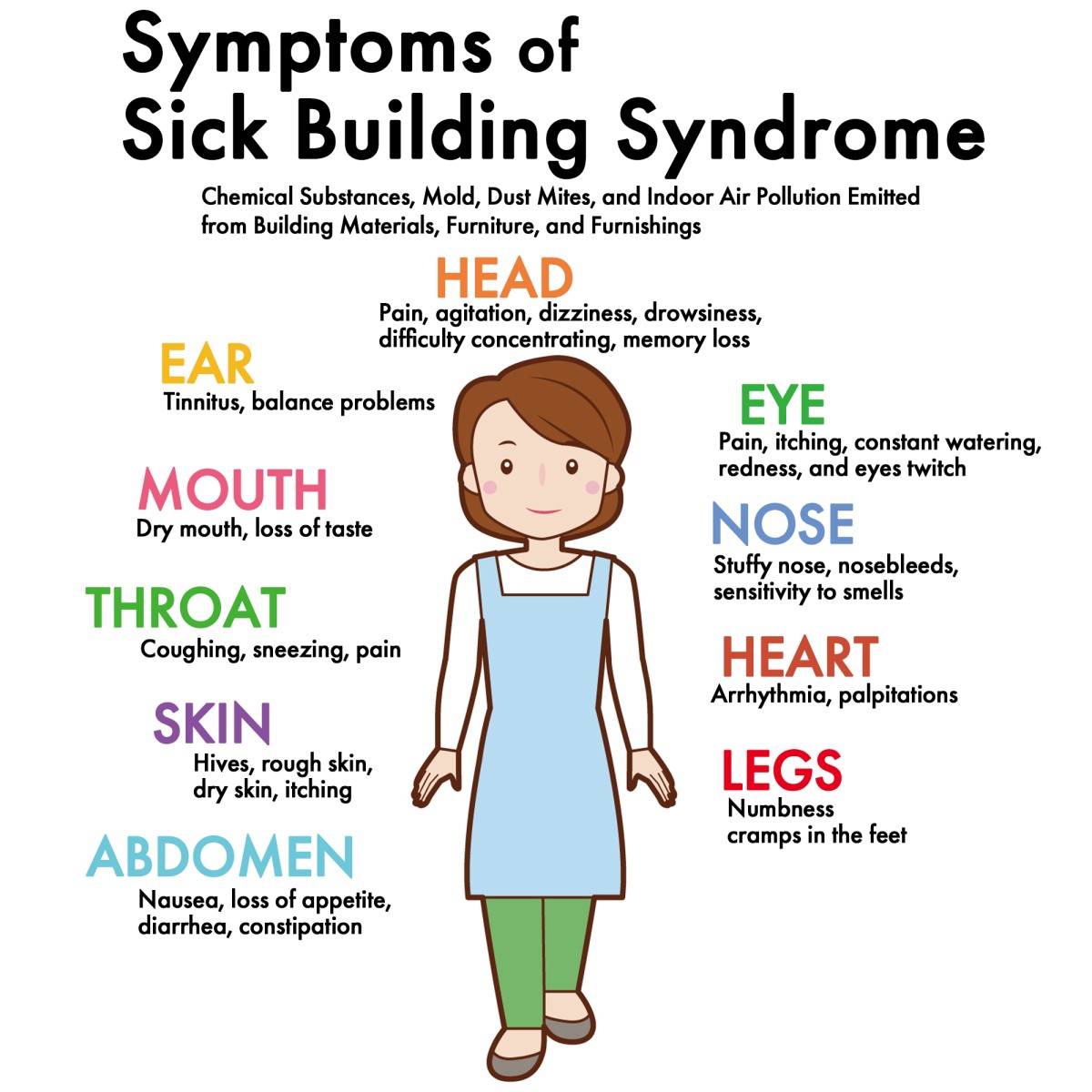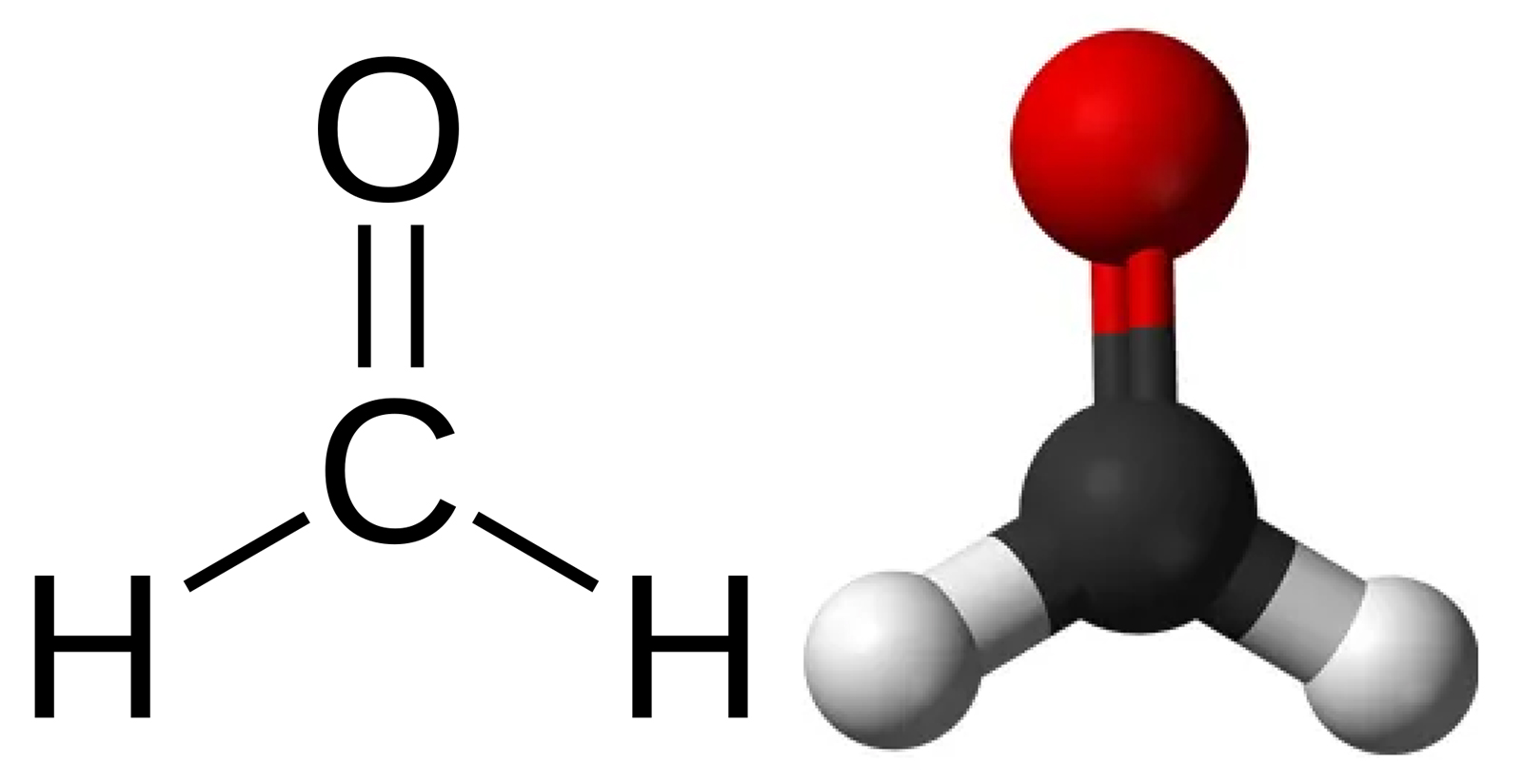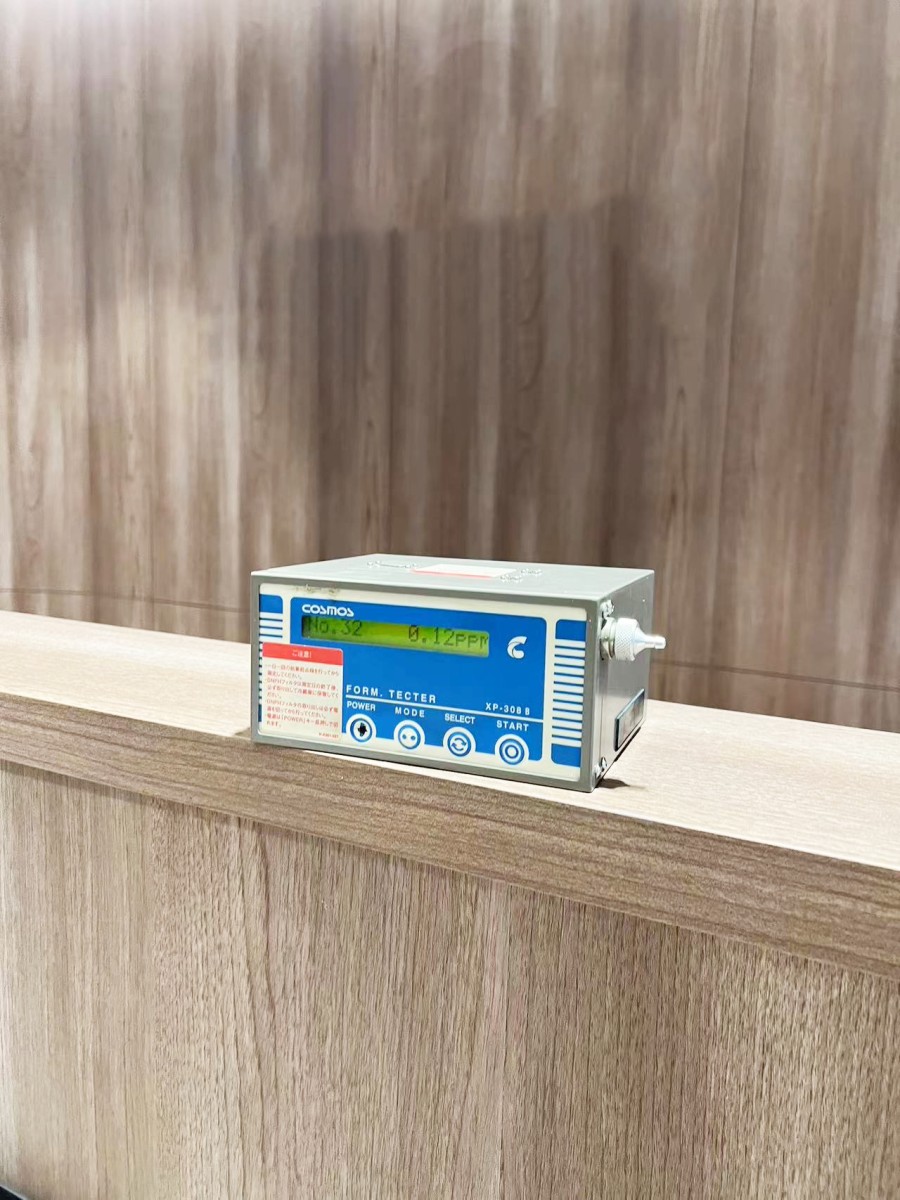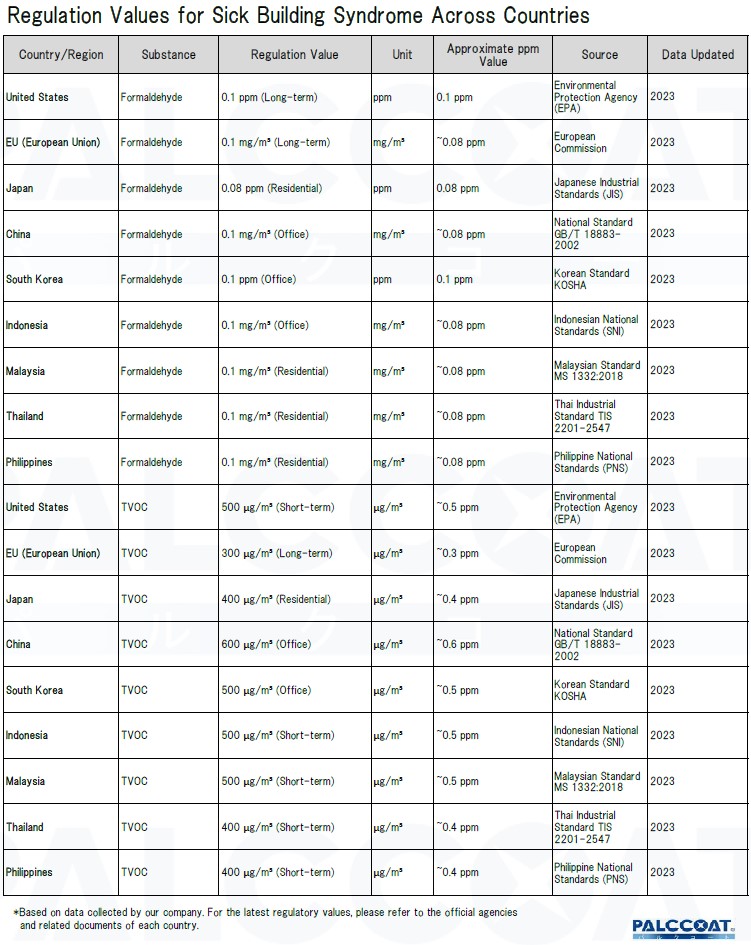| Location:Overseas countries | Date:2024.08.26 |
| Coating duration:1 day | Construction area:Office walls, ceilings, floors, etc., etc. |
Comment:TVOC (Formaldehyde) Measures in New Construction and Renovation Projects Across Various CountriesNew construction and renovation projects often result in the release of TVOCs (Total Volatile Organic Compounds) such as formaldehyde in residential and office spaces. These chemicals not only degrade air quality but can also have serious health effects. For example, the International Agency for Research on Cancer (IARC) has classified formaldehyde as a carcinogen for humans. In Japan, these substances are already regulated by building codes, and similar measures are being implemented worldwide.  What is Formaldehyde? Formaldehyde (chemical formula HCHO or CH₂O) is a type of aldehyde compound and a gaseous chemical substance with a strong, pungent odor. It is widely used in the manufacturing of adhesives, building materials, and preservatives. Due to its high volatility, formaldehyde is released into the air in new or renovated buildings, becoming a major cause of indoor air pollution. ApplicationsFormaldehyde is widely used across various industrial sectors due to its high reactivity in the following applications:
Health RisksDue to its volatility, formaldehyde is easily released into the air in newly constructed or renovated buildings, becoming a major cause of indoor air pollution. Exposure to this substance can lead to the following health risks: 1. Short-term Health Risks:
2. Long-term Health Risks:
Regulations and MeasuresIn many countries, including Japan, regulations have been established regarding indoor concentrations of formaldehyde. For example, Japan's Building Standards Law strictly regulates the emission levels of formaldehyde from building materials, with F☆☆☆☆ (Four-Star) being the highest grade of building materials recommended. Minimizing exposure to formaldehyde is crucial for maintaining a healthy living environment.  Sick House Syndrome and FormaldehydeSick House Syndrome refers to a range of health issues caused by indoor air pollutants in buildings. Formaldehyde and other TVOCs are major contributors to this syndrome. Symptoms can include headaches, dizziness, allergic reactions, and fatigue, potentially disrupting daily life. Sick House Syndrome poses a serious health risk, especially for children and the elderly, whose immune systems may be more vulnerable. PALCCOAT Coating Application and Installation of Air Purification DevicesOur photocatalytic PALCCOAT coating and the air purification device "PALCCOAT NanoT-Air" were developed to effectively decompose such harmful substances and provide a safe and healthy living environment. Recently, at a renovation site in a foreign country, we applied the "Photocatalytic PALCCOAT Coating" and installed the "PALCCOAT NanoT-Air," measuring TVOC and formaldehyde concentrations in the air. The formaldehyde level, which was 2.0 ppm before the installation, was reduced to 0.12 ppm the day after the treatment. This result was obtained in a real environment, not in a 1 cubic meter chamber laboratory test. 
Characteristics of Substances with Other Guideline ValuesOverview of Domestic and International VOC Regulations (pdf)* *Based on data collected by our company. For the latest regulatory values, please refer to the official agencies and related documents of each country. 1. Acetaldehyde・Chemical Formula: C₂H₄O ・Characteristics: Acetaldehyde is widely present in nature, particularly produced during the fermentation processes of fruits, vegetables, and bread. It is also an intermediate product of alcohol metabolism. It is highly volatile and easily soluble in water and ethanol. Industrially, it is used in the manufacture of adhesives, synthetic resins, plastics, fragrances, and acetic acid. ・Health Effects: Acetaldehyde can cause irritation to the eyes, nose, throat, and skin upon inhalation or contact. Long-term exposure may have carcinogenic potential, particularly affecting the lungs, nasal cavity, and larynx. Additionally, acetaldehyde can contribute to liver damage in chronic alcohol consumers. 2. Toluene・Chemical Formula: C₇H₈ ・Characteristics: Toluene is an aromatic hydrocarbon obtained from petroleum or crude oil. It is colorless, transparent, highly volatile, and has a sweet aroma. It is virtually insoluble in water but readily dissolves in organic solvents and is widely used as a solvent in paints, adhesives, rubber, and inks. Toluene also plays a significant role in the production of plastics, dyes, and explosives (trinitrotoluene, TNT). ・Health Effects: Inhalation of toluene can depress the central nervous system, causing headaches, dizziness, drowsiness, and confusion. High concentrations may lead to loss of consciousness or respiratory depression. Chronic exposure can result in damage to the nervous system, liver, kidneys, and potential effects on the developing fetus. 3. Xylene・Chemical Formula: C₆H₄(CH₃)₂ ・Characteristics: Xylene is an aromatic hydrocarbon like toluene, with three isomers (o-xylene, m-xylene, p-xylene). It is obtained from petroleum and used as a solvent in paints, adhesives, rubber products, and resins. Xylene is soluble in oils and fats and is also used as an industrial cleaning agent. ・Health Effects: Short-term exposure can cause irritation of the eyes, nose, and throat, and high concentrations may lead to headaches, dizziness, incoordination, and impaired consciousness. Long-term exposure can result in chronic neurological disorders, liver, and kidney damage. Skin contact can lead to dryness and inflammation. 4. Ethylbenzene・Chemical Formula: C₆H₅C₂H₅ ・Characteristics: Ethylbenzene is an aromatic hydrocarbon and a colorless liquid. It is primarily used in the manufacture of styrene (a raw material for polystyrene resin) and is also widely used as a solvent in paints, adhesives, and inks. Ethylbenzene is highly volatile and is obtained from petroleum and coal tar. ・Health Effects: Inhalation of ethylbenzene can depress the central nervous system, causing dizziness, headaches, drowsiness, and confusion. Skin and eye contact can cause irritation, and high concentrations may lead to liver and kidney damage. Ethylbenzene is classified by the IARC as a substance that is possibly carcinogenic to humans. 5. Styrene・Chemical Formula: C₆H₅CH=CH₂ ・Characteristics: Styrene is an aromatic monomer used in the manufacture of polystyrene and ABS resins. It is colorless, viscous, and has a sweet aroma. Styrene is obtained from petroleum and is a key raw material in the production of plastics, rubber, paints, and adhesives. ・Health Effects: Short-term inhalation of styrene can cause respiratory tract, eye, nose, and throat irritation, and high concentrations may lead to central nervous system depression, headaches, fatigue, and loss of balance. Long-term exposure raises concerns about neurological effects and is associated with carcinogenic risks. Styrene is classified by the IARC as a substance that is possibly carcinogenic to humans. 6. p-Dichlorobenzene・Chemical Formula: C₆H₄Cl₂ ・Characteristics: p-Dichlorobenzene is an isomer of dichlorobenzene, and it is a colorless crystalline solid. It is used as a moth repellent (mothballs) and air fresheners, and has a strong distinctive odor. It is highly volatile and easily evaporates into the air. ・Health Effects: Short-term exposure can cause irritation of the eyes, nose, and throat, and high concentrations may lead to central nervous system depression, headaches, dizziness, nausea, and vomiting. Long-term exposure has been reported to affect the liver, kidneys, and blood system, with concerns about carcinogenicity. The IARC classifies p-dichlorobenzene as a substance that is possibly carcinogenic to humans. 7. Tetradecane・Chemical Formula: C₁₄H₃₀ ・Characteristics: Tetradecane is a hydrocarbon, specifically an alkane. It is colorless and has low volatility but is flammable. It is obtained from petroleum and is used mainly as a lubricant, paraffin, and additive, as well as a standard material in analytical chemistry. It has low volatility in the air, so concentrations are generally low. ・Health Effects: Tetradecane itself is relatively low in toxicity, but high concentrations of inhalation or skin contact may cause mild irritation. Inhalation may cause respiratory irritation, but it rarely causes severe health risks. 8. Chlorpyrifos・Chemical Formula: C₉H₁₁Cl₃NO₃PS ・Characteristics: Chlorpyrifos is an organophosphate insecticide that appears as a colorless to white crystalline solid. It is widely used in agriculture and home gardening for pest control. Its mechanism of action involves inhibiting the insect nervous system, leading to the death of the insect. Chlorpyrifos is persistent in soil and can remain in the environment for extended periods. ・Health Effects: Chlorpyrifos has strong neurotoxic effects and can cause headaches, dizziness, nausea, and muscle convulsions upon inhalation or contact. High concentrations of exposure may result in severe neurological damage, respiratory depression, and even death. There is particular concern regarding its neurotoxicity to children and developing fetuses. 9. Fenobucarb・Chemical Formula: C₁₂H₁₇NO₂ ・Characteristics: Fenobucarb is a carbamate insecticide that appears as a colorless liquid or white solid. It is primarily used as an insecticide in agriculture. Its mechanism of action involves inhibiting acetylcholinesterase, an enzyme responsible for neurotransmission in insects, leading to their death. Fenobucarb is relatively stable in soil and has low volatility. ・Health Effects: Fenobucarb has acute toxicity and can cause symptoms of poisoning, including headaches, dizziness, nausea, muscle convulsions, and severe respiratory depression upon inhalation or skin contact. Chronic exposure may lead to long-term neurological effects. 10. Diazinon・Chemical Formula: C₁₂H₂₁N₂O₃PS ・Characteristics: Diazinon is an organophosphate insecticide that appears as a colorless to yellow liquid. It is widely used for pest control in both household and agricultural settings. Its mechanism of action involves inhibiting the nervous system of insects, leading to their death. Diazinon has relatively low volatility and decomposes more readily in soil. ・Health Effects: Diazinon has strong neurotoxic effects and can cause headaches, dizziness, nausea, and muscle convulsions upon inhalation or contact. High concentrations of exposure can lead to severe neurological damage, respiratory depression, and even death. Chronic exposure raises concerns about neurological effects, particularly for developing fetuses and children. 11. Dibutyl Phthalate (DBP)・Chemical Formula: C₁₆H₂₂O₄ ・Characteristics: Dibutyl phthalate is a colorless liquid widely used as a plasticizer in the production of flexible plastic products such as PVC. It is also found in cosmetics, adhesives, and paints. It is not very soluble in water but dissolves well in organic solvents. ・Health Effects: DBP is known as an endocrine disruptor, with long-term exposure potentially causing reproductive toxicity, particularly affecting male reproductive function. Animal studies have reported liver and kidney damage and developmental abnormalities, raising similar concerns for humans. DBP is classified by the IARC as a substance with possible carcinogenicity to humans. 12. Di(2-ethylhexyl) Phthalate (DEHP)・Chemical Formula: C₂₄H₃₈O₄ ・Characteristics: DEHP is a colorless, viscous liquid used as a plasticizer, particularly in the production of polyvinyl chloride (PVC). It is found in medical devices, toys, and food packaging materials. DEHP is poorly soluble in water but dissolves well in fats and oils. ・Health Effects: DEHP is an endocrine disruptor, particularly affecting male reproductive functions and posing risks to developing fetuses and children, including developmental disorders and reproductive anomalies. It also has been reported to cause chronic effects on the liver and kidneys, and is classified by the IARC as a substance with possible carcinogenicity to humans. |
|
The coating technology of Photocatalyst based on actual result and reliability.









